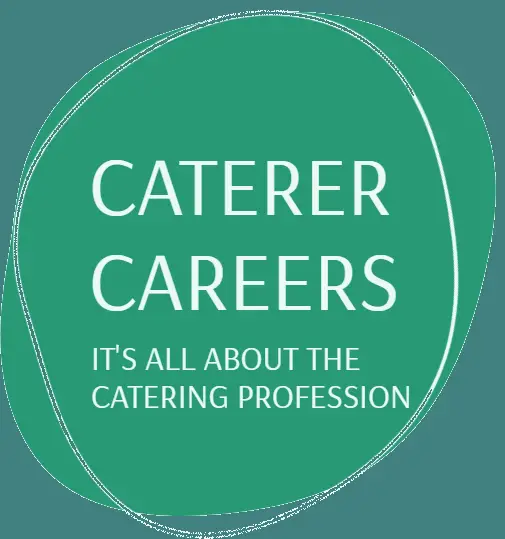
The scope of hospitality operations is expanding by the day.
The job is becoming more demanding…
Commercial Kitchen operations allow for more positions for effective running.
The need to get things done in culinary work keeps increasing.
Culinary students or would-be chefs must bear in mind that “mise en place” is one of the secrets of any successful culinary establishment.
One of the things that makes any commercial kitchen able to contain demand from consumers is prepping.
When you see caterers moving here and there within the kitchen, mise en place is one of those activities. Mise en place forms part of the skill of any professional chef.
I will say, prepping may take 40% of kitchen duties. Based on the menu commercial kitchens operate, mise en place has taken a unique turn.
This has resulted in the evolution or emergence of “prep chefs”: this individual can station only on miss en place work. Prep chefs are in demand in big hospitality establishments.
In small kitchens, a commis chef may prep and cook their menu.
There is a need to understand that lots of people eat out these days, in other words, the habit of eating out is on the rise.
Hospitality establishments are doing all they can to cater for these trends or developments.
The population in urban circles is on the rise every day, and these developments are impacting eatery businesses.
Some establishments employ a stationed mise en place chef, meaning that, their duty is solely to prep.
The role demands someone who is energetic — this duty will require one to stand for long hours.
This chef must have task management and multi-tasking skills, must conduct himself/herself calmly, and should work to meet up with the business demands.
Should know how to use a variety of kitchen utensils and operate kitchen equipment.
Should also maintain the standard of keeping work areas neat and clean. Be able to maintain a professional relationship with co-workers at all times.
The chef should be knowledgeable about “HACCP” or “food safety procedures”, and should have a thorough understanding of the work environment.
The Gathering Of Items
Usually, the head chef or sous chef has to sit with the prep chef and have a talk regarding the task.
This discussion will be about the menu and items that have to be collected from the store.
Items needed have to be written down on paper and documented.
In some cases, the mise en place chef will have to continue making the requisition.

Fruits and vegetables.
The prep chef will proceed to the store with a trolley and the requisition document. Time will be spent in the store gathering these items.
Reasons will be the items could be dry stock, vegetable, dairy, or frozen products.
Another factor will be the quantity of items needed. The store location will be another issue, meaning that the location where the vegetable chiller, dairy chiller, and dry stock store, might not be the same, depending on the size of the establishment.
This movement is worth doing in order for needed items to be gathered. This movement lets you know how prep chefs go about their duties.
When dairy products are collected from the store, they should be put into the refrigerator in the kitchen prior to prepping.
Frozen products should be kept out for thawing…
The Prep Work
Mise en place will depend on dishes on the menu and the size of the establishment.
For a restaurant that will seat 50 persons at full capacity, prepping that will be done, will be projected towards that number of guest expectations.
Sometimes, a restaurant could be located in a very busy area, with this in mind, the volume of prep will be much more to cater to the busy moments.
The mise en place chef will organize their workstation for the day’s job or for their duty shift job.
This will involve placing a cutting board on the work table, getting a knife, bowl, etc., on that workstation, which will also depend on the items to be prepped at the moment.
This chef must be conversant with hygiene practices in the kitchen, washing of hands before commencement of task, sanitization of work surfaces, have knowledge of color-coded board usage, etc.
Should be able to relate and communicate information properly. Its duty makes the individual a team member in the work setting.
This job will involve the chef to move items from place to place during duty time.
This caterer should always have a marker or pen, in the pen holder, or on the shoulder arm of a chef coat, for marking or writing date dots on items prepped.
This food handler should display knowledge of ingredients or food commodities.
The type of dishes on the menu will be the factor or guidelines on how kitchen prep should be done.
Instances for prepping targets:
For a restaurant that will sell burgers, depending on their recipe for burgers: onions will be sliced and caramelized, tomatoes have to be sliced, cheese has to be cut or grated, and sauces have to be prepared.
After these items are prepped, they’ll be put in small containers, covered with the lid, and date-tagged.
The shelf life for these prepped items could be a day or two. These ingredients can’t be prepped on the arrival of an order for a burger.
This will delay the processing of the dish…
Supposing an order for 5 burgers arrives almost at the same time, and prepping is done on arrival of the order. That wouldn’t be the right time to begin prep for the items that’ll go into the burger.
Restaurants have a standard waiting time for orders, some dishes must be served within, 10, 15, 20 minutes, etc.
The reason they meet up (the restaurant/eateries) with their food-order time frame is mise en place.
This is how prepping makes work in professional kitchens so supportive, this preparation of certain items for the menu in advance, is the strength behind many successful commercial kitchens.
